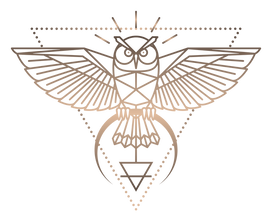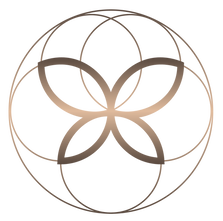Frequently Asked Questions
I’m often asked what shamanism is and what does a shamanic practitioner do. Here is my best attempt to answer those and many other questions you may have about shamanism.
In summary, shamanism is an ancient healing tradition and way of life. Shamanic practices are deeply connected to the power of Nature. Shamanic practitioners believe that all things have spirit, and it’s possible to connect with those spirits. Whether it be the spirit of the wind, a sacred place, an animal, or ancestor, etc. Shamans and shamanic practitioners are guided by helping spirits, such as animal spirit guides and spirit teachers, among others, to bring healing to themselves, clients, or the community. The shaman or shamanic practitioner gets special training and initiations enabling communication with the spirits of the other worlds. They have experience with expanded sensory perception and live in relationship to nature and unseen, or alternate, realities. As such, the shaman opens as a channel to higher healing powers and works as a conduit for healing energies, spirit communications and messages.
If you are interested in learning more or receiving a shamanic healing, reach out to me. I'm passionate about sharing this ancient wisdom with as many as I can reach. I offer private individualized instruction in shamanic practices, shamanic counseling, instruction in shamanic journeying, and shamanic healing sessions. If you don't know where to start, book a free Soul Chat and we will find the best starting place for you.
If you are interested in learning more or receiving a shamanic healing, reach out to me. I'm passionate about sharing this ancient wisdom with as many as I can reach. I offer private individualized instruction in shamanic practices, shamanic counseling, instruction in shamanic journeying, and shamanic healing sessions. If you don't know where to start, book a free Soul Chat and we will find the best starting place for you.


